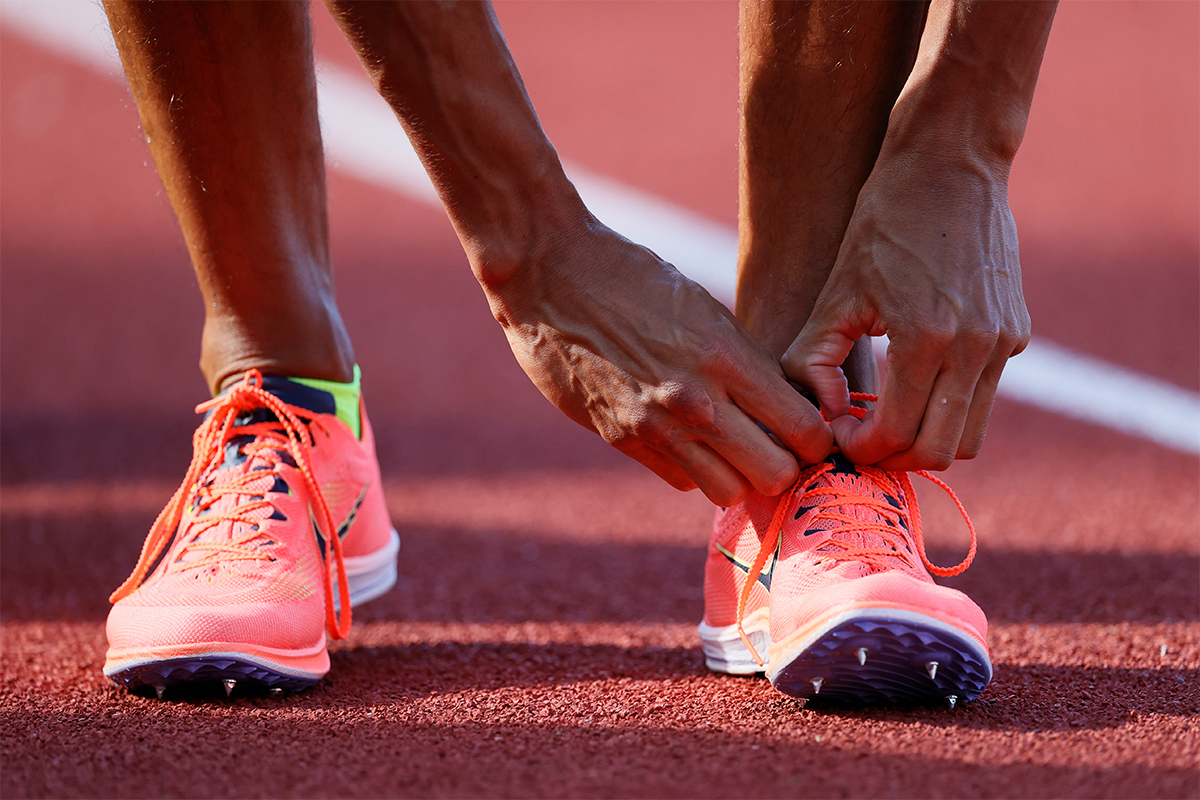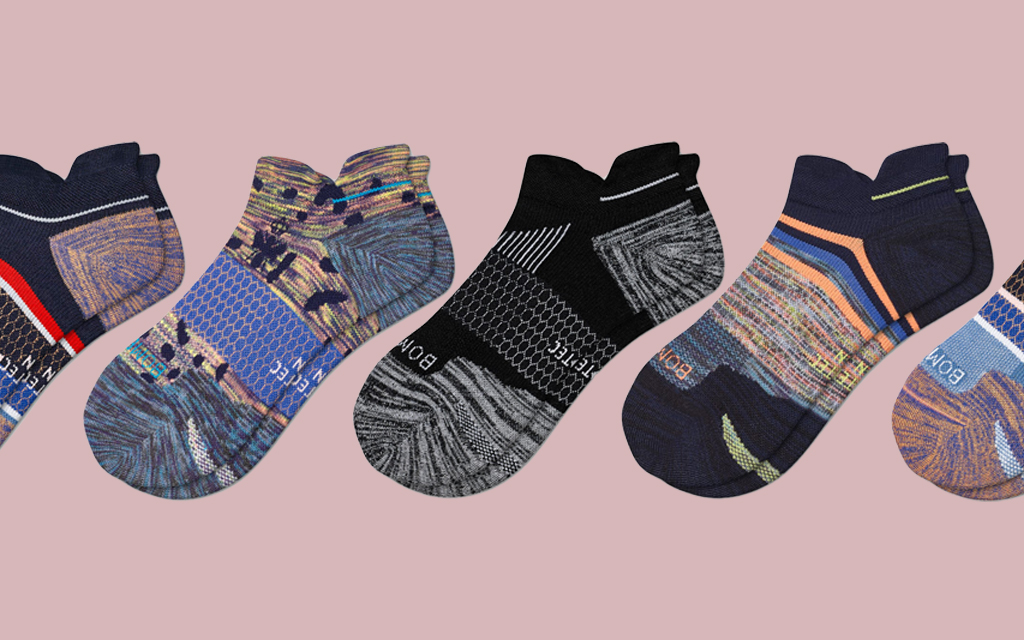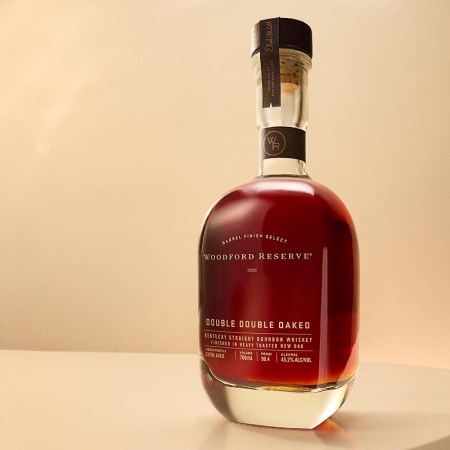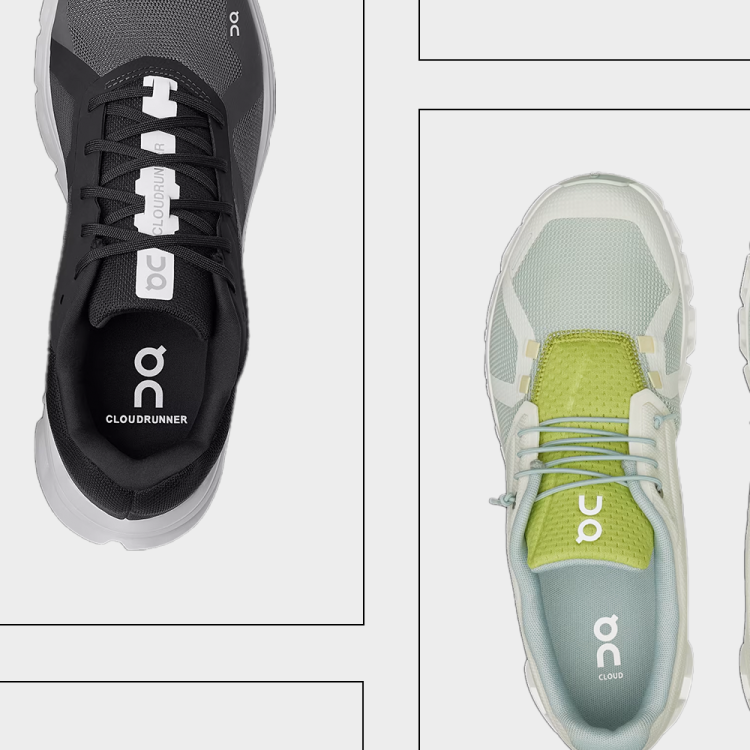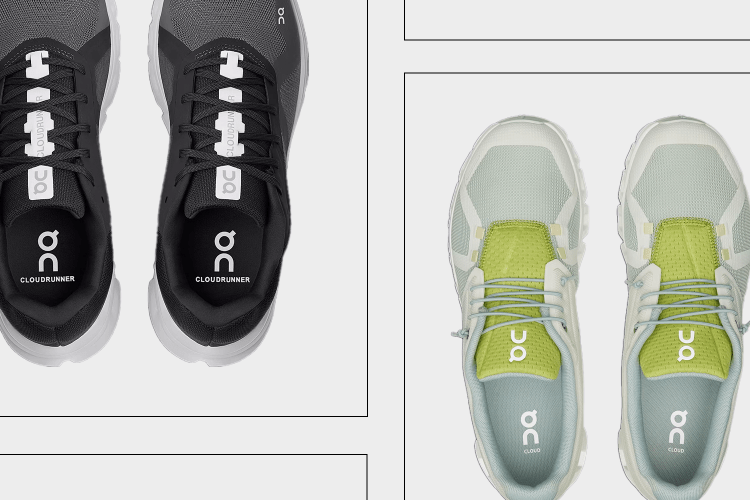Unless you’re a size 14.5, it’s pretty much impossible to get the Nike Dragonfly right now. The track spike is the Swoosh’s first attempt at bringing ZoomX technology — a combination of carbon plates and energy-returning foam — to the oval, after years of marathoners setting records with it on the roads.
That effort has been a little too successful. The Dragonfly has been out of stock at Nike’s shop for weeks now, while various anonymous purveyors throughout the net can only offer useless sizes at marked-up rates (its usual retail cost is $195, but on certain sites, the spikes are currently selling for as much as $589). What’s going on here? Well, Nike has made yet another ridiculously fast (borderline-controversially fast) shoe, and there’s a good reason most amateur runners can’t get their hands on a pair: they’re being gobbled up by all the pros.
In the past, the speed of the Nike Vaporfly miffed marathoners who didn’t have a pair to lace up on race day. But this time around, with the stakes even higher — this past weekend, Tokyo-hopefuls competed at the U.S. Olympic Track & Field trials in Eugene, Oregon — and the ubiquity of rigid plates in the running world, no one is waiting for a “ban” that will likely never come. Long-distance runners are simply making sure they don’t get left behind, and doing what they can to wear a pair to the starting line.
That includes runners who aren’t even signed with Nike. Runners repped by Reebok, Brooks and On are all allowed to wear Nike Dragonflys in international competition, according to a report by The Wall Street Journal. A Reebok spokesperson succinctly summed up the difficult situation these brands face: “While we believe in the performance of our running product, we also acknowledge the recent advances in footwear technology at the elite level.”
Their athletes appreciate the gesture, as Nike’s “super spikes” are breaking records. The 5,000 and 10,000 meter events have seen new world bests this year, in both the men’s and women’s fields. Each runner has been wearing Dragonflys. Other brands like Adidas, Asics, Hoka, New Balance, Puma and Under Armour, meanwhile, have all released their own takes on a hyper-spike (with some, like UA, vehemently against an athlete wearing Nike’s shoes), but it’ll likely take more time and development before they catch up to Nike.
That’s what brands like Reebok or Brooks are betting on: keep their athletes fast and happy until they can provide them with something to close the gap, something to make the race less about the shoes and more about the runners.
Is this good for the sport? That depends. Unlike swimming, which long ago took pains to preserve its pre-tech record book, running seems to have made its bed. The arms race isn’t going anywhere, especially when Nike Running — endlessly creative, terribly insecure Nike Running — is in the lead. The shoes do work, returning an estimated 80-90% more energy to the runner, compared to 60% in recent models.
One telling quote came from high school wunderkind Hobbs Kessler, who recently raced the pros in a pair of Nike Dragonflys. He set a new 1500 meter record, but had an oddly pragmatic take on the achievement: “[The spikes] definitely help. But on the same side, it kind of gives Nike athletes an unfair advantage, especially with patents and stuff. So it creates a little bit of inequity in the sport, which I don’t like.”
Whether you’re looking to get into shape, or just get out of a funk, The Charge has got you covered. Sign up for our new wellness newsletter today.
